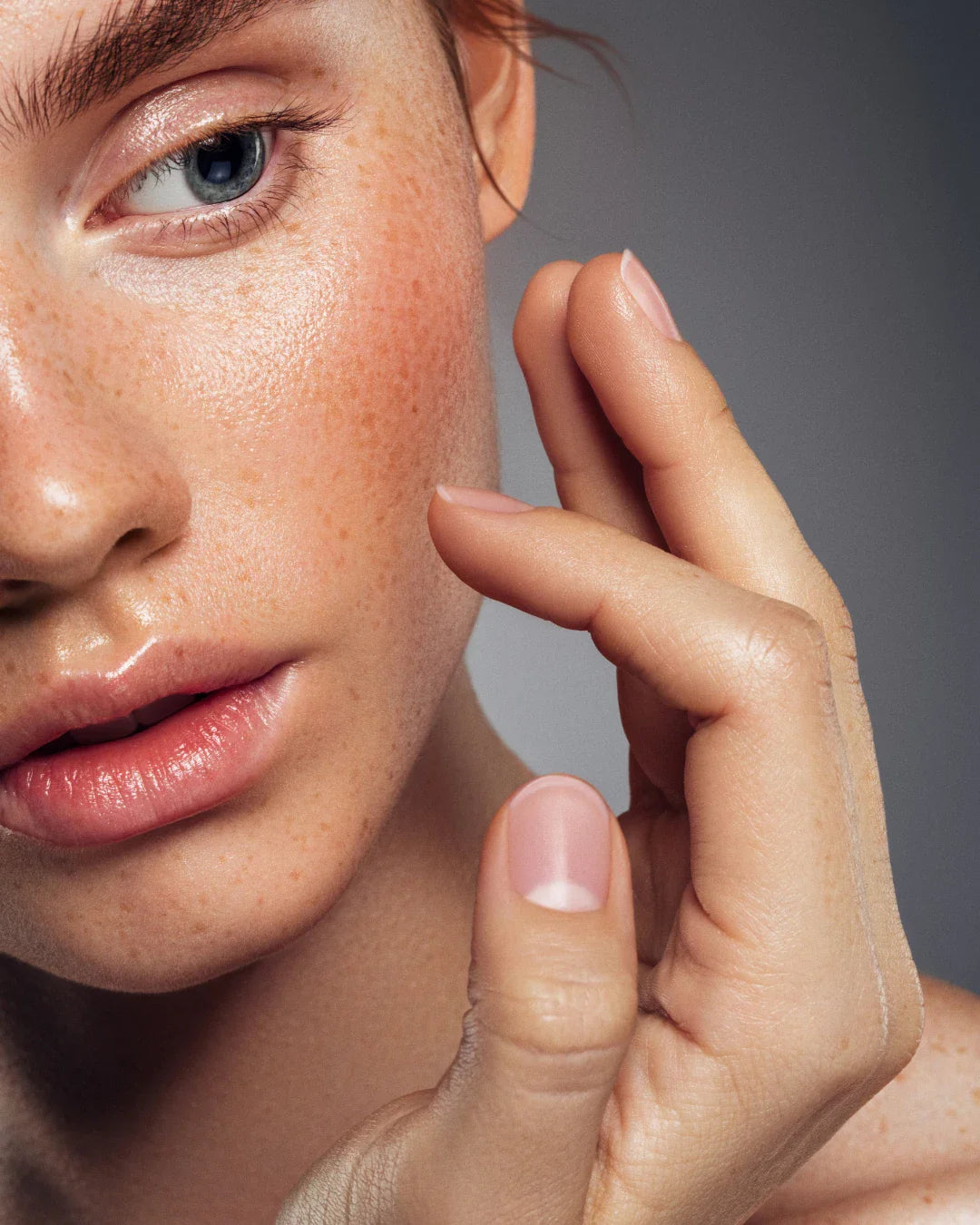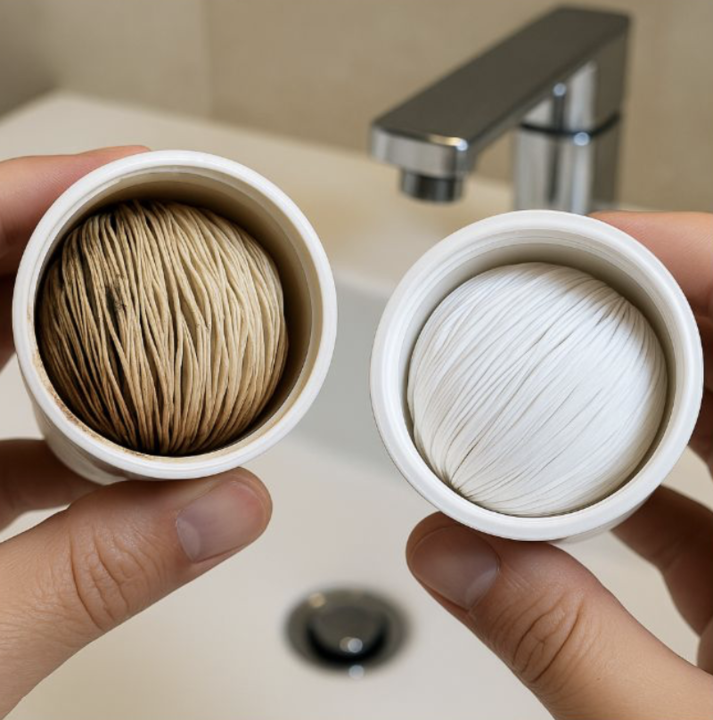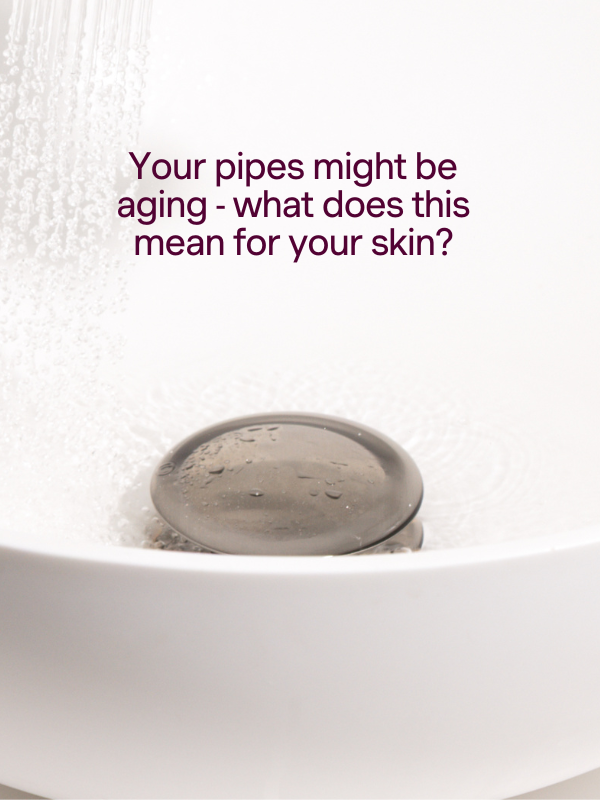
What causes dermatitis? The real triggers (and how to calm them)
Dermatitis can feel like a mystery: one week your skin is calm, the next it’s itchy, red and reactive for no obvious reason. If you’ve asked yourself what causes dermatitis (or why it suddenly showed up), this guide breaks it down with clear, practical steps to get you back to comfortable, confident skin.
What is dermatitis?
Dermatitis simply means inflammation of the skin. The most common types you’ll hear about are:
-
Atopic dermatitis (eczema): a chronic, itchy rash linked to genetics, immune function and a weakened skin barrier. Soaps, detergents, stress and weather shifts often trigger it.
-
Contact dermatitis: a reaction to something that touches your skin—either an irritant (like detergents or solvents) or an allergen (like fragrance, nickel or preservatives).
-
Seborrhoeic dermatitis: flaky, red patches (often around the scalp, brows and sides of the nose). Evidence points to an overgrowth of Malassezia yeast plus oil and immune factors.
Good to know: Dermatitis itself isn’t contagious—though open, inflamed skin is more vulnerable to infection.
What are the most common causes of dermatitis?
1) Irritants and allergens
Daily life is full of potential triggers: soaps, detergents, fragrances, solvents, nickel (jewellery, phone cases), rubber chemicals and certain preservatives. Prolonged wet work (hands in water a lot) also weakens the barrier.
Action step: Patch-test new products, choose fragrance-free formulas, wear gloves for cleaning and moisturise after every wash.
2) Microbes on the skin
People with atopic dermatitis often carry Staphylococcus aureus on the skin; this can aggravate inflammation and drive flare-ups. In seborrhoeic dermatitis, Malassezia yeasts are a well-recognised trigger.
Action step: If flares are crusty or weeping, see your GP or dermatologist—targeted treatment (antibacterial or antifungal) can calm the cycle fast.
3) Barrier disruption (and dehydration)
Harsh cleansers, over-exfoliating, hot showers and low humidity all strip lipids, allowing water to escape and irritants to get in. The result: tight, itchy, dehydrated skin that’s primed for dermatitis.
Action step: Use a gentle, pH-balanced cleanser, follow with a humectant serum (glycerin or hyaluronic acid) and a ceramide-rich moisturiser. This is also the best way to fix dehydrated skin day-to-day.
4) Water quality at your tap
Chlorine and related disinfectants—common in municipal water—are effective for safety, but they can irritate skin and strip natural oils, worsening dryness and reactivity for sensitive complexions.
Action step: Rinse with gentler water where you can and keep showers brief and lukewarm. If your bathroom tap is your main cleanse station, consider filtering the water (more on that below).
5) Stress, hormones and weather
Big deadlines, less sleep, a cold snap or a sweat-heavy workout can all tip the balance and trigger flares. (You’re not imagining that “Sunday scaries” rash.)
Action step: Build small, consistent habits: movement, breathwork, and 7–8 hours of sleep support calmer skin over time.
Why did I suddenly develop dermatitis?
Sudden onset is often contact dermatitis—a new skincare product, a different laundry detergent, jewellery, nail products or even a phone case. The rash typically appears where the skin meets the culprit (wrists, neck, face, eyelids, or hands). An allergy clinic can do patch testing to pinpoint the exact trigger; avoiding it is the cure. nhs.uk
Is dermatitis bacterial or fungal?
Dermatitis is inflammatory, not an infection. But microbes can exacerbate it:
-
Bacterial: Staphylococcus aureus commonly colonises atopic skin and contributes to flares.
-
Fungal/yeast: Overgrowth of Malassezia is a key driver in seborrhoeic dermatitis.
That’s why some treatment plans include short courses of antibacterials or antifungals alongside barrier repair.
What triggers dermatitis flare-ups?
-
Harsh surfactants, over-cleansing, hot showers
-
Fragrance, nickel, rubber chemicals, preservatives
-
Stress, sweat, wool or rough fabrics
-
Chlorinated water exposure (swimming or frequent rinsing at the tap)
-
Cold, windy weather and low humidity
How do I make my dermatitis go away?
Real talk: chronic types like atopic and seborrhoeic dermatitis are manageable, not “curable”. The goal is long, comfortable gaps between mild flares.
Your calm-skin routine
-
Gentle cleanse: pH-balanced, sulphate-free—morning and night.
-
Moisturise within 3 minutes of cleansing: ceramides + cholesterol + fatty acids.
-
Targeted treatment (when needed): your clinician may recommend topical corticosteroids, calcineurin inhibitors, antifungals or short antibiotic courses for infected flares.
-
Smart water: cleanse with water that’s kind to your barrier (see below).
-
SPF 50 daily: UV can worsen sensitivity.
-
Lifestyle: manage stress, and keep nails short to avoid scratch damage.
How long to see results? Contact dermatitis often improves or clears once the trigger is identified and avoided, with the right topical care. Atopic and seborrhoeic dermatitis usually need consistent routines and maintenance treatment to stay quiet.
How do you fix dehydrated skin?
Hydration doesn’t stick without a healthy barrier. Layer humectants (hyaluronic acid, glycerin) under an occlusive moisturiser, keep showers short and lukewarm, and reduce exposure to chlorinated water that can sap moisture.
Why the water you wash with matters (and the Lushi advantage)
If your cleanser is immaculate but your rinse water contains chlorine or other irritants, you’re washing over a sensitised barrier every day. Reducing those stressors can help calm redness and dryness and make your products work harder.
The Lushi Filter is designed specifically for skincare routines—removing common tap-water irritants (like chlorine and certain metals) at the bathroom sink so every cleanse is kinder to your skin. It installs in minutes and looks chic next to your serums.



Leave a comment
This site is protected by hCaptcha and the hCaptcha Privacy Policy and Terms of Service apply.